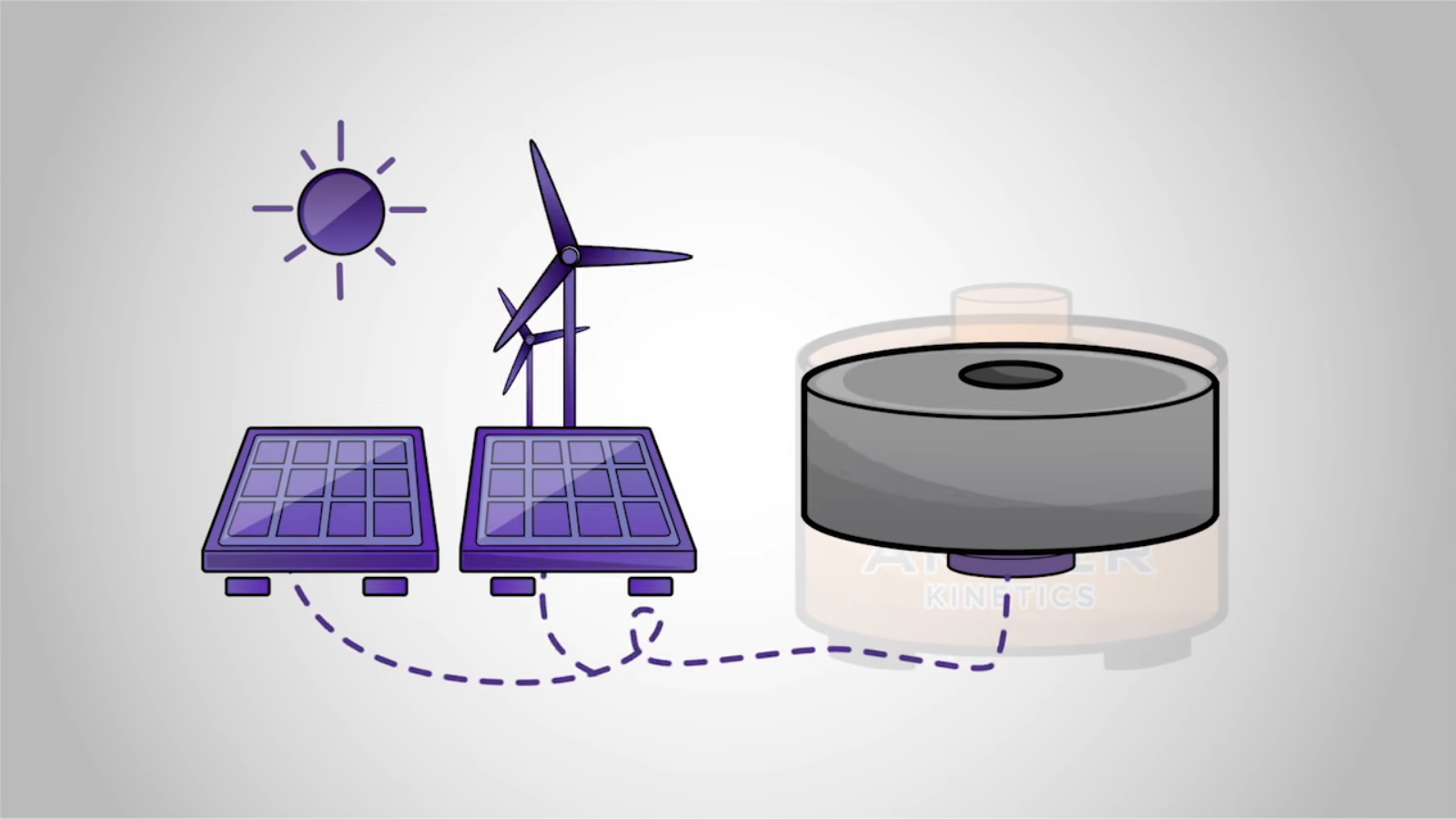Enel Signs Agreement with Amber Kinetics on Innovative Flywheel Storage System

Under the agreement, Enel will study and test the technology and identify full-scale, business applications for the technology’s grid integration. Upon completion of a three-month test phase on two synchronised flywheel units (both with a nominal power of 8 kW for a storage capacity of 32 kWh) in one of Amber Kinetics’ test sites in California, Enel will evaluate the possibility of utilizing the 40 kW/160 kWh model of the technology in a demo-scale project in one of its thermal power plants.
Enrico VialeEnelThrough this agreement, Enel expands its exploration of the innovative solutions within the evermore promising energy storage sector. It represents a step forward in Enel’s quest for the integration of energy storage at all levels of the electricity value chain and a clear example of the Open Innovation approach, which looks at opening up the Group to new technologies and new partnerships. Due to the growing energy demand on grids, it is increasingly important to find grid balancing solutions to peaks in demand. Amber Kinetics’ flywheel addresses this issue with an interesting alternative to traditional batteries, providing Enel with a flexible solution to energy demand peaks that can be applied across the company’s diverse generation mix.

The 5,000 lb (approximately 2,267 kg) steel flywheel system is charged by converting the electric energy, which comes from the power plant it is coupled with or from a power grid, into the kinetic energy of the spinning wheel which can rotate for up to 4 hours on a single charge. In times of peaks in power demand, the flywheel turns a generator — automatically or through a control system — converting its kinetic energy back into electric energy which is delivered to the grid.
Amber Kinetics’ flywheel unit maintains its full 32 kWh storage capacity over its expected 30 years of operation, a clear advantage over traditional batteries which gradually lose their storage capacity over their lifetime. The system developed by Amber Kinetics increases the efficiency of this technology by housing the massive flywheel in a near-perfect vacuum which, with the help of magnets and special bearings, allows the wheel to spin with almost no friction at up to 10,000 RPM. The flywheel can also compensate for minimal losses in velocity by taking a very small amount of energy — equivalent to what is needed to power a light bulb — from the network.
Hundreds of megawatt hours can be stored when flywheels are combined in groups, making its application appealing for all kinds of energy sources, from renewable to traditional ones. In addition, the flywheel can be housed underground, making it adaptable to different environments. [enel.com]

